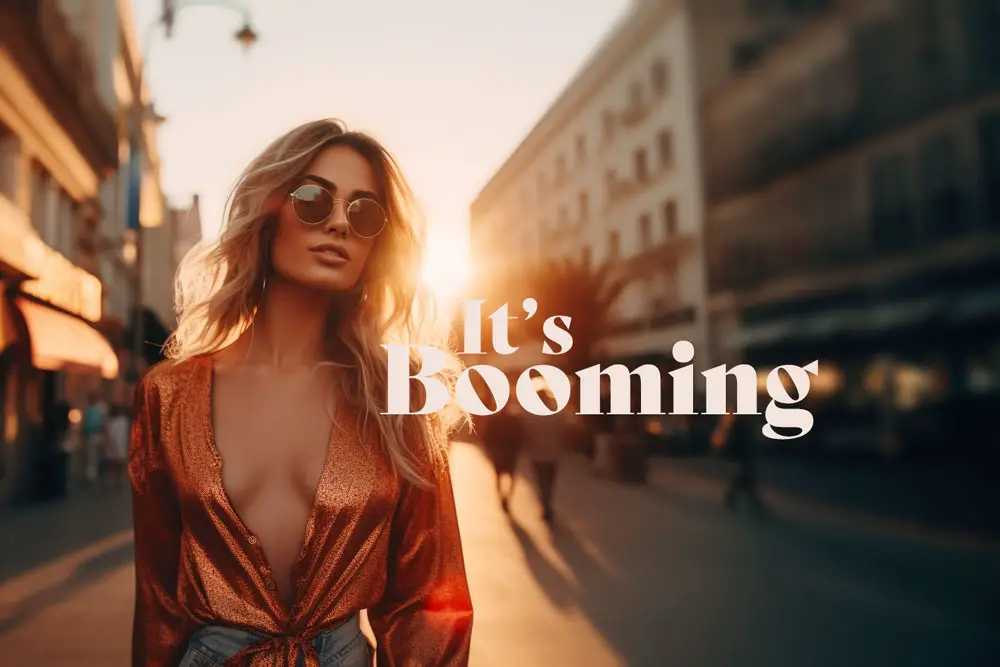
The Growth of the Creator Economy: Opportunities for Content Creators
The growth of the creator economy is a remarkable phenomenon that is transforming the world of work and creativity. More and more people are becoming content creators and earning a living from their passions and talents.
In this blog, we will explore the data and trends that show how the creator economy is expanding and diversifying across various platforms such as Instagram, TikTok, YouTube, Twitch, Twitter, OnlyFans, Fiverr, Patreon, bloggers, and Shopify. We will also examine how AI is enabling and challenging the creator economy, and what it means for the future of work, entrepreneurship, and self-expression.
Is the Creator Economy Booming?
The creator economy is undeniably booming. Platforms like Instagram, TikTok, and YouTube have billions of users, with Instagram expected to reach over 2.5 billion users by the end of 2024. Beyond social media, platforms like OnlyFans, Fiverr, and Patreon have seen tremendous growth, paying out billions to content creators.
Blogs, too, play a significant role, with over 600 million on the internet and around 31.7 million active bloggers in the U.S. in 2020. These numbers reflect a massive shift in how people work and monetize their skills and passions. The creator economy isn’t just thriving; it’s transforming the future of work and offering unprecedented opportunities for those willing to embrace it.
Table of Contents
Overview of the Creator Economy
The creator economy is a thriving ecosystem that allows individuals to turn their passions, skills, and expertise into profitable ventures. It encompasses various platforms, from social media giants like Instagram and TikTok to freelance marketplaces like Fiverr and content monetization platforms like Patreon. The creator economy offers unprecedented opportunities for self-expression, financial independence, and entrepreneurial success.
[Learn more about the Creator Economy]

The Creator Economy offers a more accessible avenue for employment than the conventional job market, which is currently grappling with significant challenges in finding work.
Growth of the Creator Economy: Growth and Statistics
The creator economy has gone through significant and sustained growth, marked by compelling statistics that shows its impact on the economy. These numbers reveal an industry that has not only weathered trends but has also solidified its position as an economic force that will eventually make traditional jobs less desirable.
Social Media Powerhouses:
Instagram:
Instagram currently boasting over 2.5 billion monthly active users, is projected to exceed 3 billion by the end of 2024. (Source)
TikTok:
TikTok’s remarkable achievement of 3.5 billion downloads and its status as the most downloaded app in 2023, more than 500 million in-app revenue. (Source)

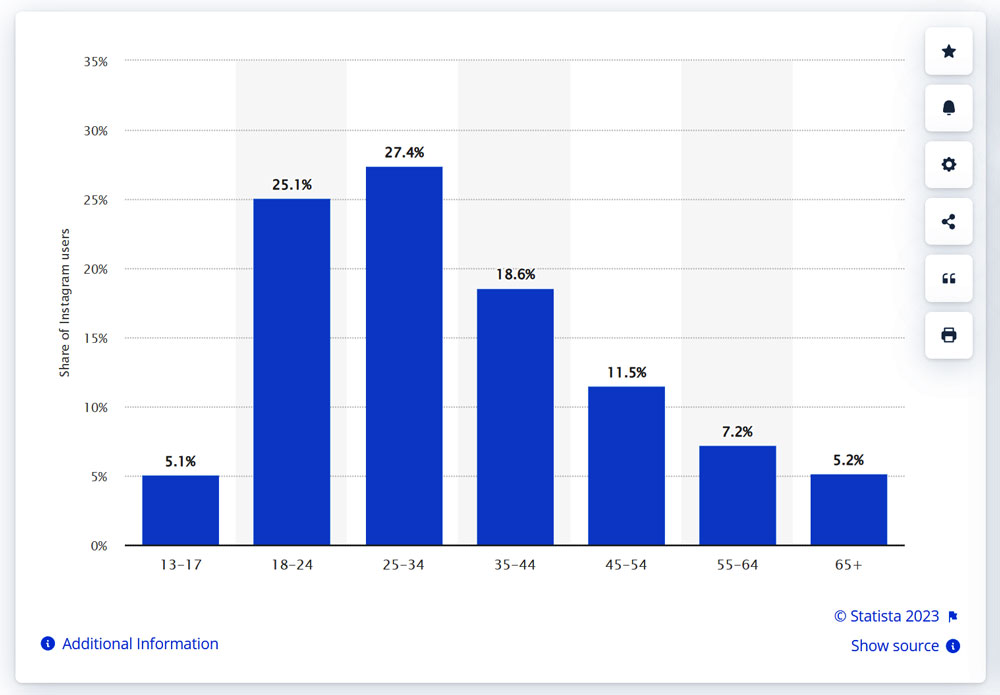
Video Content Evolution:
YouTube:
YouTube, a pioneer in video sharing, recorded a 4.9% growth rate in 2021, with an impressive 210 million viewers in the U.S. alone.
Twitch:
Twitch, the livestreaming platform, achieved a peak of 3.1 million concurrent viewers in the second quarter of 2021 and maintained a strong following, with 33.2 million viewers at the close of 2022 just in the US. (Source)
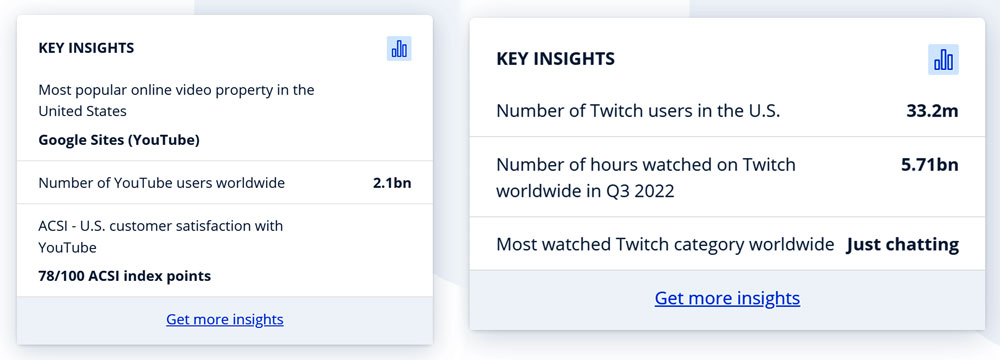
The Transformative Impact of Social Media Giants:
Twitter:
Twitter, now rebranded as “X,” boasts 237.8 million monetizable daily active users (mDAU) and generated $4.4 billion in revenue in 2022.
OnlyFans:
OnlyFans, in a relatively short span, has attracted over 238.85 million registered users and facilitated the earnings of 1.4 million content creators and rising. (Source)
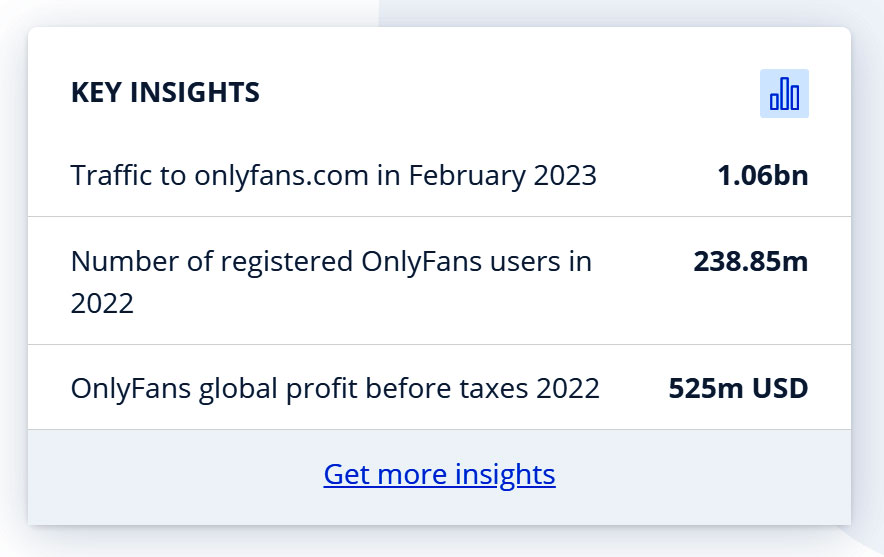
Freelancing and the Gig Economy:
The prominence of freelancing is evident as 73% of U.S. workers intend to engage in freelance work in 2023, marking a significant trend.
Supporting Creators:
Patreon:
Patreon, with a post-funding valuation of $4 billion, has experienced exceptional growth, with its value more than tripling since September 2020 when it stood at $1.2 billion. (Source)
Blogging:
The world of blogging remains vibrant, with over 600 million blogs on the internet, and the global content marketing industry is poised for substantial growth, projected to increase by $584.02 billion from 2023 to 2027.

These statistics illustrates the sustained growth and influence of the creator economy. In the subsequent sections, we will dive deeper into the diverse monetization avenues that content creators explore, the evolving role of artificial intelligence, and the global expansion of this continually expanding industry.
Diverse Monetization Avenues for Content Creators
Content creators are not limited to a single path for monetizing their skills and creativity. In this section, we’ll explore the diverse avenues through which individuals in the creator economy turn their passions into profitable ventures.
Brand Deals and Sponsorships:
Many content creators collaborate with brands for sponsored content, leveraging their influence to promote products or services. These partnerships can be highly lucrative, especially for influencers with large and engaged audiences.
Advertising Revenue:
Advertising remains a significant source of income for content creators. Platforms like YouTube and blogs often incorporate ads to generate revenue based on views and engagement.
Subscription Models:
Creators can offer subscription-based content, where subscribers pay a regular fee to access exclusive material. Platforms like Patreon and OnlyFans thrive on this model, allowing creators to cultivate dedicated fan bases.
E-commerce and Merchandise:
Many content creators venture into e-commerce by selling their merchandise, such as branded clothing, accessories, or digital products. E-commerce platforms like Shopify make it easier than ever to launch an online store.
Affiliate Marketing:
Content creators often promote products or services and earn a commission for each sale generated through their unique affiliate links. Affiliate marketing is a common strategy among bloggers, YouTubers, and social media influencers.
Tips and Donations:
Some creators rely on the generosity of their audience, accepting tips or donations through platforms like PayPal, Venmo, or in-app tipping features.
Online Courses and Workshops:
Sharing knowledge and expertise through online courses, workshops, or webinars is a profitable endeavor. Creators can monetize their skills by offering valuable educational content.
Crowdfunding and Fan Support:
Crowdfunding platforms like Kickstarter and Indiegogo allow creators to fund their projects with support from their audience. Fans can contribute to creative endeavors they believe in.
Licensing and Royalties:
Creators may license their content, such as photos, music, or videos, for use in various projects, earning royalties each time their work is utilized.
Consulting and Coaching:
Those with expertise in specific fields can offer consulting services or one-on-one coaching sessions, capitalizing on their knowledge and experience.
The creator economy’s flexibility shines through these diverse monetization avenues, providing creators with the freedom to choose the strategies that align with their content and audience. As we research further into the growing industry, we’ll talk about artificial intelligence and how it’s going to grow the creator economy.
Creator Economy 2.0: AI’s Game-Changing Influence
The creator economy, as observed, is undergoing rapid expansion. Artificial intelligence is set to equip people with newfound skill sets, drawing numerous individuals into the market who previously lacked these capabilities.
Content Generation:
AI-powered tools and algorithms are transforming content creation. From automatically generating written articles to producing music and art, AI is streamlining the creative process, reducing time constraints, and increasing efficiency for creators.
Personalized Recommendations:
AI-driven recommendation systems, like those on streaming platforms, are enhancing user experiences by delivering tailored content. Creators benefit from increased visibility and engagement as their work is matched with interested audiences.
Audience Insights:
AI analytics tools provide creators with deeper insights into their audience’s preferences and behavior. This data helps creators fine-tune their content strategies and better connect with their followers.
Automation and Efficiency:
AI automates repetitive tasks such as social media scheduling, content distribution, and data analysis. Creators can focus more on their craft and less on administrative work.
Enhanced Creativity:
AI tools like generative art models or music composition algorithms collaborate with creators, pushing the boundaries of creativity. Creators can experiment with new forms of expression and explore uncharted territories.
Monetization Innovations:
AI-driven monetization models, like dynamic pricing and targeted advertising, maximize revenue potential for content creators. AI-powered platforms can identify optimal pricing points and ad placements to boost income.
Accessibility and Inclusivity:
AI facilitates accessibility features such as automated transcription and closed captioning, making content more inclusive and reaching a broader audience.
Deep Learning and Predictive Trends:
AI can analyze vast amounts of data to predict trends, helping creators stay ahead of the curve and create content that resonates with current interests.
AI’s integration into the creator economy marks a significant shift in how content is produced, consumed, and monetized. In the following section, we’ll explore the global expansion of this this growing industry and its impact on creators worldwide.
Trends and Innovations
In this concluding section, we’ll take a comprehensive look at the future of the creator economy, synthesizing key trends and innovations that are shaping its path forward.
Web3 and Blockchain Integration:
The integration of Web3 and blockchain technology is poised to revolutionize ownership, royalties, and authenticity in the creator economy. NFTs (Non-Fungible Tokens) have opened up new avenues for creators to monetize their digital assets, from art and music to virtual real estate. [Learn More]
SocialFi and the Decentralized Web:
The arrival of SocialFi (Social Finance) concepts within the decentralized web is redefining the relationship between creators and their audiences. Decentralized social platforms and DAOs (Decentralized Autonomous Organizations) are empowering creators with greater control and ownership over their content and communities. [SocialFi] [Web3]
Global Expansion and Inclusivity:
The creator economy’s reach is expanding worldwide, fostering cultural diversity and inclusivity. Creators from all corners of the globe are connecting with global audiences, while localization and language translation tools are breaking down language barriers. [Learn More]
AI-Driven Personalization:
AI will continue to play a pivotal role in enhancing personalized content recommendations, fine-tuning monetization strategies, and augmenting creativity. Creators will harness AI to deliver tailored experiences to their audiences. [AI Workflow]
Metaverse and Virtual Experiences:
The metaverse is evolving into a thriving space for creators to build immersive virtual experiences, from concerts and events to art galleries and games. Virtual and augmented reality technologies are set to play a significant role in this evolution.
Creator Empowerment and Equity:
As the creator economy matures, a focus on creator empowerment and equitable compensation will become more pronounced. Creators will demand fair compensation, transparent platforms, and more control over their intellectual property. [Learn More]
Environmental and Sustainable Practices:
Sustainability concerns will shape the creator economy’s future. Creators and platforms will prioritize eco-friendly practices, from carbon-neutral NFTs to sustainable content production.
Evolving Monetization Models:
New monetization models will continue to emerge, driven by blockchain technology, social tokens, and decentralized finance (DeFi) concepts. Creators will explore innovative ways to monetize their work while fostering deeper connections with their communities. [Sharing Offering] [Royalty Offering]
As we contemplate the future of the creator economy, it’s pretty obvious that it is evolving into a global, inclusive, and technologically advanced ecosystem. Creators and audiences will adopt these developments, collectively shaping the path forward.


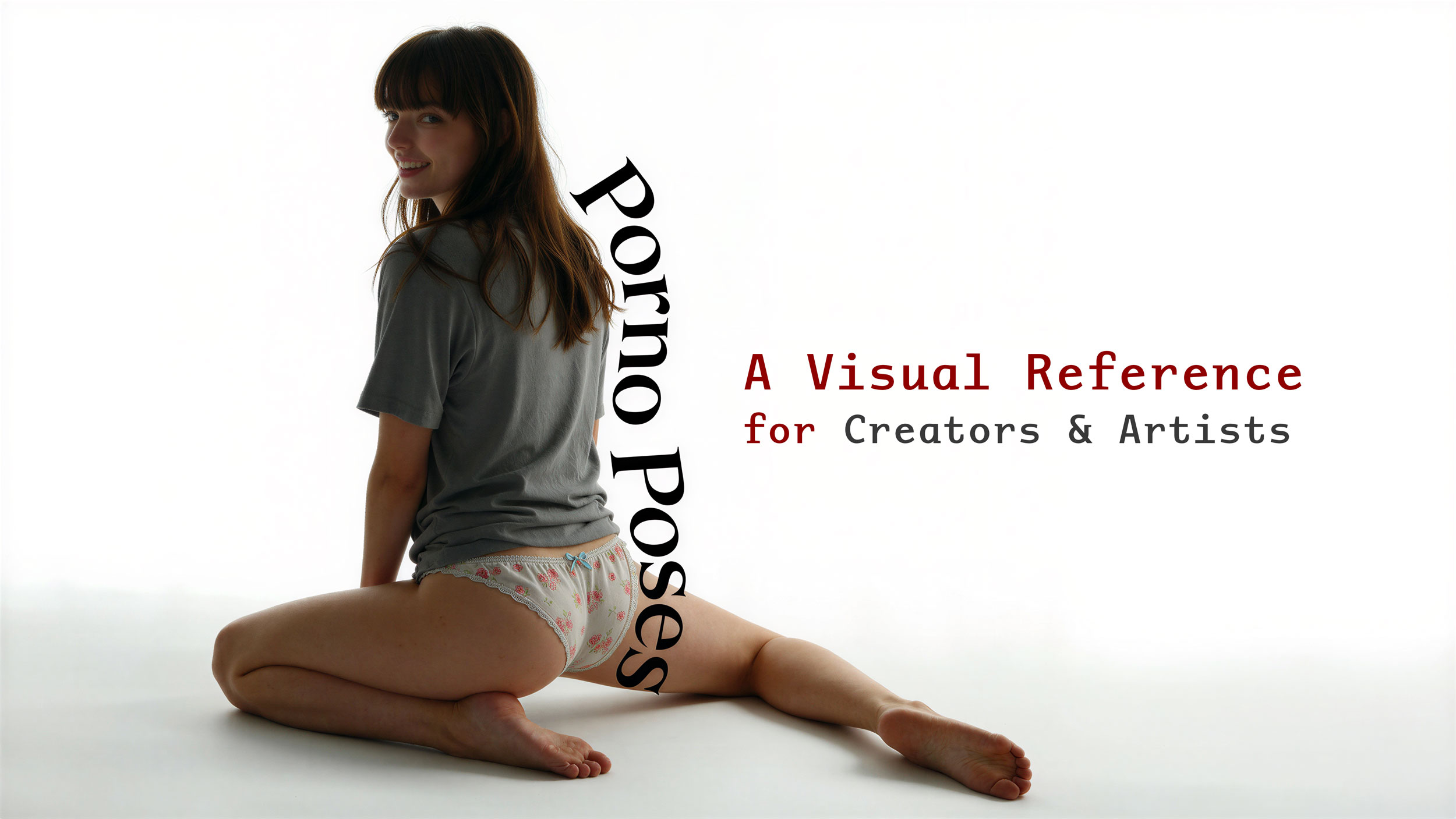



Leave a Reply